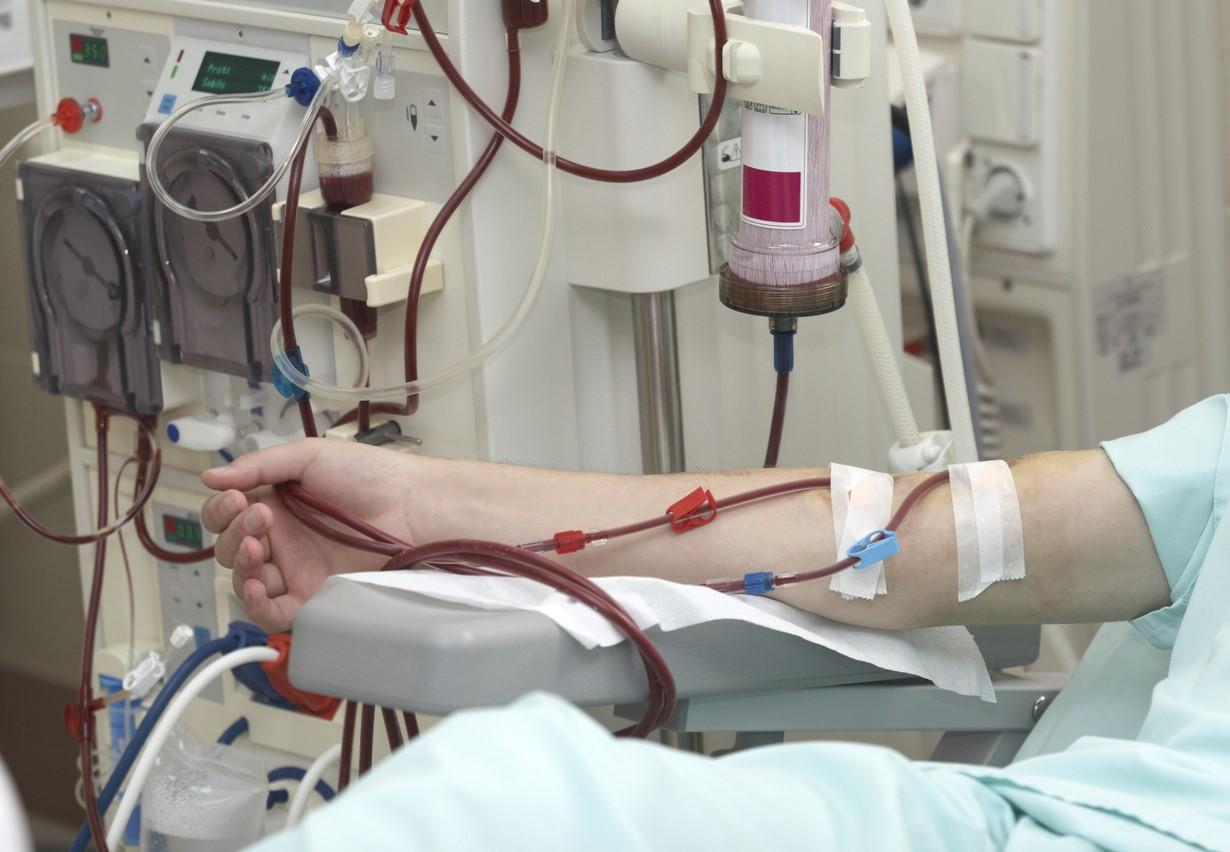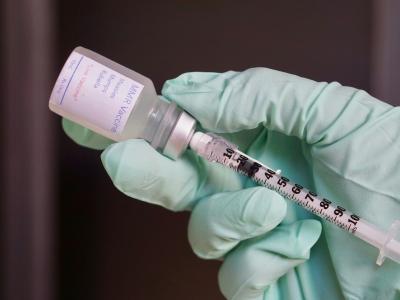
A study in Israel confirms antibiotic use as a major risk factor for Clostridioides difficile infection (CDI) in hospital patients, particularly for those who don't carry the bacterium, researchers reported last week in JAMA Network Open.
For the study, which was conducted from June 2017 through June 2023, researchers analyzed data on patients admitted to a large tertiary medical center in Israel that routinely screens high-risk patients for C difficile carriage. While broad-spectrum antibiotic use is a known risk factor for CDI, the researchers wanted to evaluate the rate of hospital-onset CDI among asymptomatic C difficile carriers compared with noncarriers and assess the role of antibiotic exposure in shaping CDI risk in the two populations.
Antibiotic exposure linked to double the risk of CDI
Among 33,756 hospitalizations (median age, 78 years; 52.8% male), 1,624 (4.8%) had a positive screening result for C difficile. Overall, CDI occurred in 67 (4.1%) of 1,624 carriers and 47 (0.1%) of 32,132 noncarriers.
In the entire cohort, exposure to any antibiotic was associated with double the risk for CDI (hazard ratio [HR], 1.98; 95% confidence interval [CI], 1.24 to 3.16), with each additional day of antibiotic exposure having an HR of 1.08 (95% CI, 1.03 to 1.13). Beta-lactam/beta-lactamase inhibitor combinations were associated with significantly increased risk, with piperacillin-tazobactam showing the most pronounced hazard for CDI (HR, 2.18; 95% CI, 1.41 to 3.36).
Although a positive C difficile screening result at admission was associated with a high risk of CDI (HR, 27.5; 95% CI, 18.7 to 40.3), antibiotic exposure among asymptomatic C difficile carriers was not significantly associated with a further increase in CDI risk (HR, 1.07; 95% CI, 0.73 to 1.58).
The study authors say the findings suggest that, while antibiotic stewardship may reduce CDI risk in noncarriers, additional strategies may be needed for asymptomatic carriers.
"Among carriers, preventive measures in addition to antibiotic stewardship should be evaluated in hospitalized patients and may include probiotics, monoclonal antibodies, or biotherapies," they wrote. "However, further research is necessary to evaluate the potential effectiveness of these interventions, their association with microbiome alterations, and potential changes in antimicrobial resistance patterns among patients and within the hospital environment."


.jpg)











